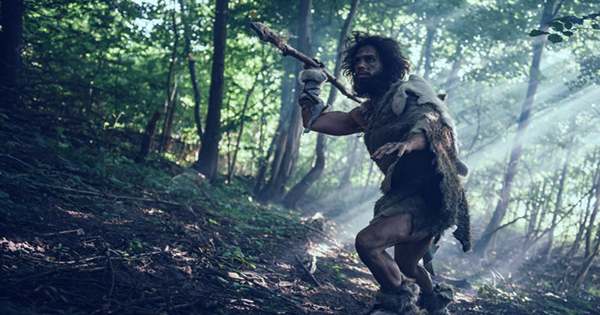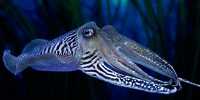Although many modern people opted for a vegetarian or non-vegetarian diet, new research suggests that our ancestors derived most of their nutrition from meat and varied their diet to include more plants at the very end of the Stone Age.
New research, published in the American Journal of Physical Anthropology, indicates that humans were the top predators for nearly 2 million years, with numerous species in the Homo genus involved in “hypercarnivory”. Determining the trophic level of ancient humans – or positioning them in the food trap – is difficult because we cannot directly observe the feeding behaviors of our early ancestors. Much of the effort for this has now focused on hunter-gatherer groups, assuming that the practice of this national culture reflects primitive humans.
However, the authors of this latest study explain that such comparisons are highly problematic, as changes in environmental landscapes will inevitably force them to change their prey and collection preferences over time. For example, the loss of megafauna, like mammoths and other large animals, brought about a major change in the human diet. Researchers therefore sought to reconstruct the ancient human diet and determine the trophic level of our ancestors across the Pleistocene, which began about 11,000 years ago and ended during the agrarian revolution.
Using a multi-disciplinary approach, the team examined more than 400 scientific studies across fields such as genetics, metabolism, morphology, archeology, and bacteriology to determine whether it was primitive human muscle or more general omnipotent. Their investigation found 25 sources of evidence that strongly suggest that our predecessors were hypercarnivores. Stomach acidity, for example, is a feature of muscle animals, as it ensures that any pathogens hidden in the meat die.
The fact that the stomach of modern humans is more acidic than most muscles indicates that our ancestors adapted well to eating the meat of large prey, which fed a community for days or weeks and was therefore full of bacteria. It believed that a number of archaeological hominids adapted to the megafauna hunting. Homo erectus, for example, had a shoulder strap that was ideal for throwing spears but unsuitable for tree climbing, a species that probably ate more meat than trees.















